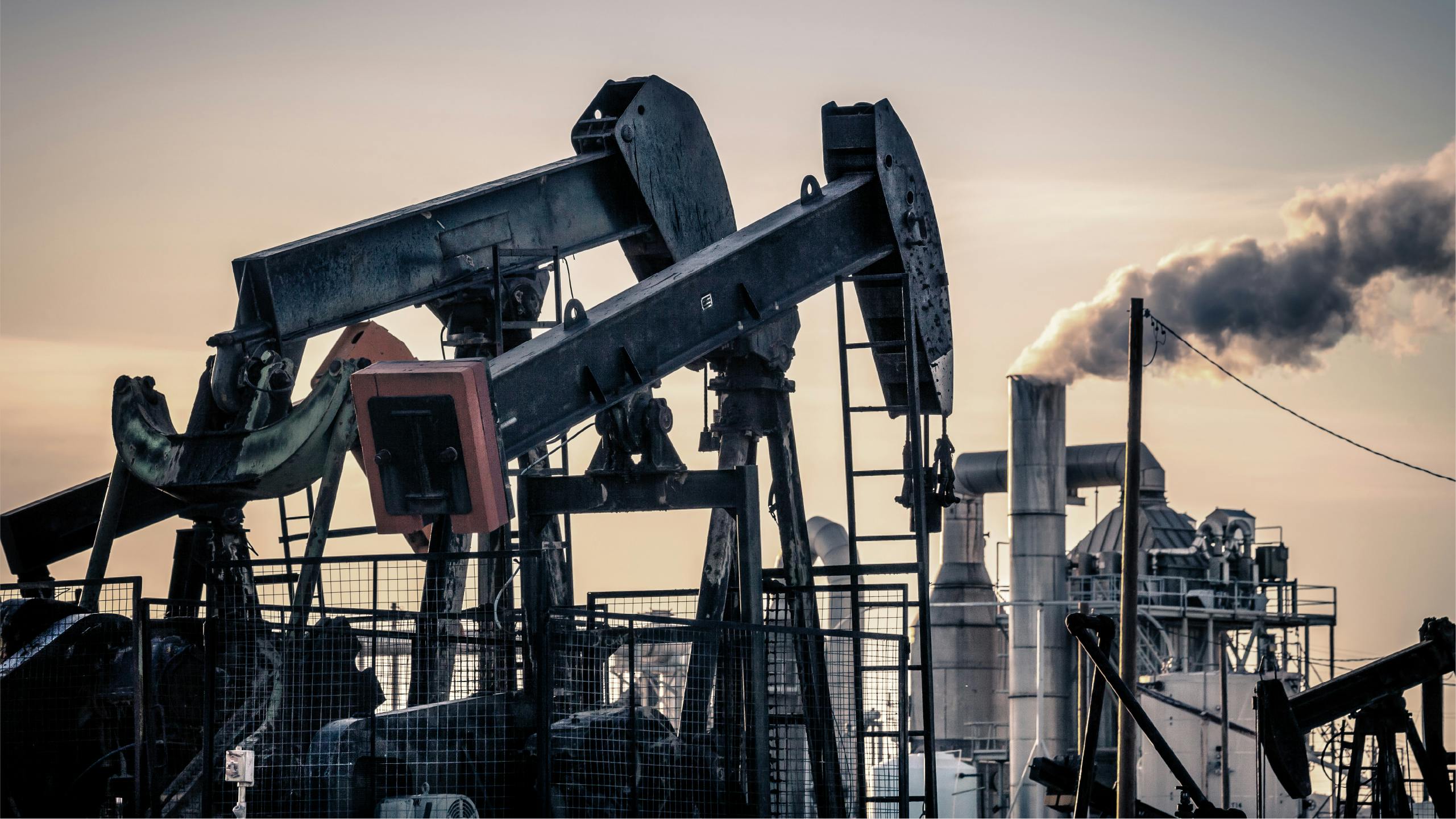The oil and gas sector is constantly under pressure to increase operational efficiency. To become savvier, make better decisions, and anticipate reactions to extreme events, oil and gas businesses must analyze and employ data.
However, certain data cannot be quantified or turned into knowledge. Find out how predictive analysis with a digital twin can lead to operational excellence even when information gaps exist.
In this on-demand webinar, you will learn:
- What is a digital twin and how it’s used in predictive engineering analysis
- Why and how to use a digital twin to fill information gaps
- How different simulation types and fidelity are used
- Examples of digital twin usage scenarios
Easily monitor your oil and gas data analytics
Intelligent reporting and data analytics are applied to a multidisciplinary engineering simulation to provide predictive analytics even when data can’t be measured or turned into insights. Using simulation and oil and gas data analytics, companies can predict heat transfer, flow, hydraulics, electrical system, electromagnetics reactions chemistry, acoustics, vibrations, stress, particulates, structures, mechanical durability and fatigue, materials, molecules and motion.
Digital twin benefits for oil and gas companies
Digital twins are digital representations of the physical assets that maintain production facility operations. Beyond quickly turning real-time input into output when there isn’t enough data for decision-making, a digital twin can help fill information gaps with its physics-based simulation, leading to accurate predictive analytics. Watch the webinar to discover additional digital twin benefits for oil and gas companies, including:
- Optimizing operations
- Decreasing downtime
- Prolonging asset life expectancies
- Reducing operational expenses
Simulation with predictive analytics in oil and gas
Three physics-based fidelity model types are used in oil and gas production: high-fidelity (3D), simulation level 1D or 2D and reduced order model. High-fidelity can handle complicated functions and reveal assembly component insights but is unsuitable for the entire system. System-level simulation provides low-to-medium detail from several areas of operation. Combined, these simulation tactics can handle poor flow distribution into tubes or risk of component fatigue, damage or cracking, among other seemingly impossible scenarios.
Interested in combining simulation with predictive analytics in oil and gas? Watch the webinar!
